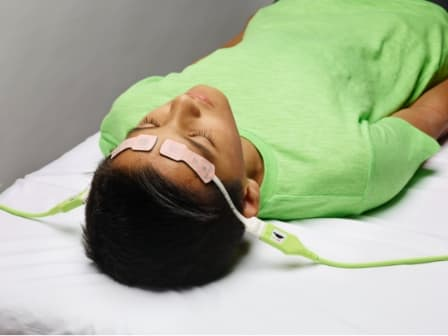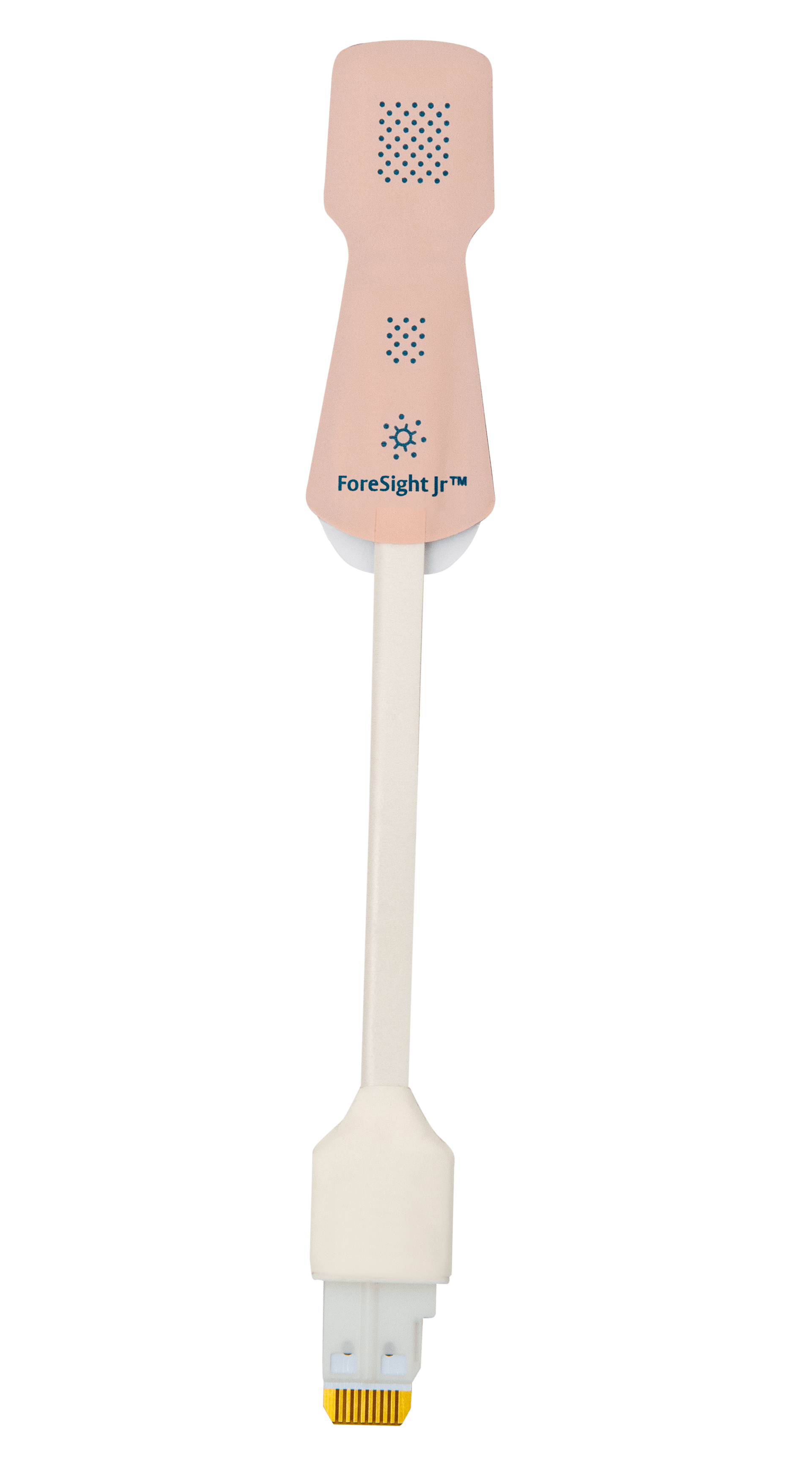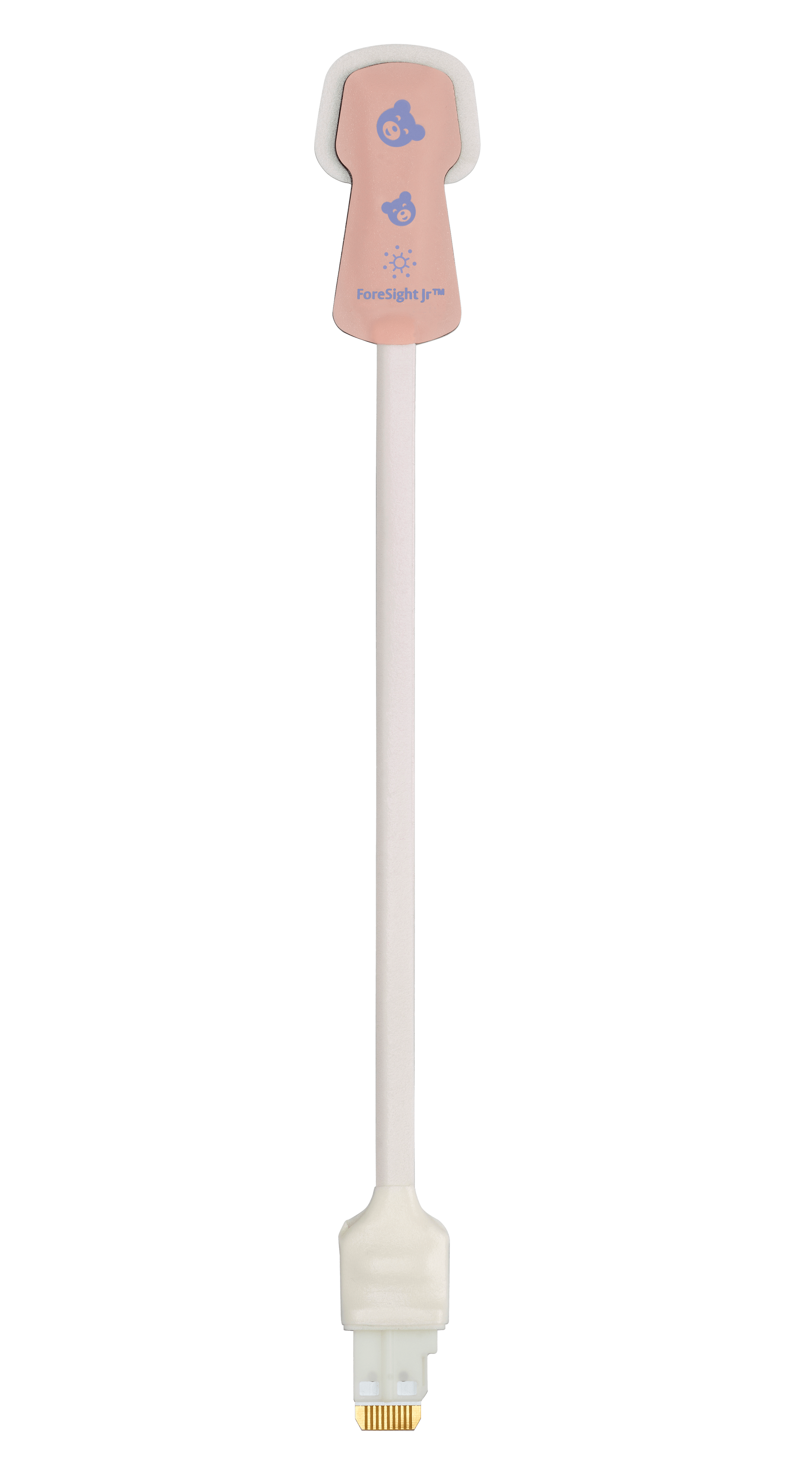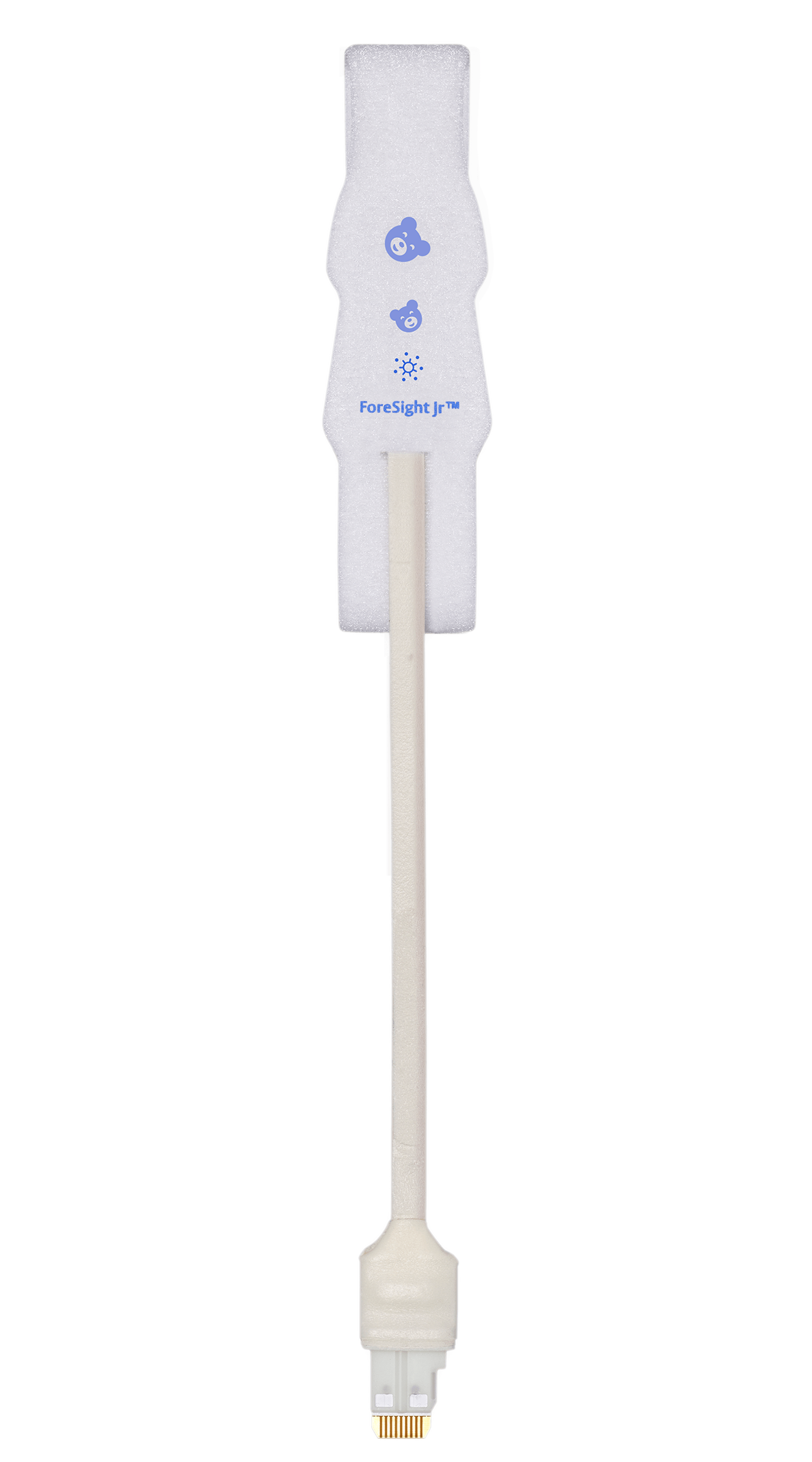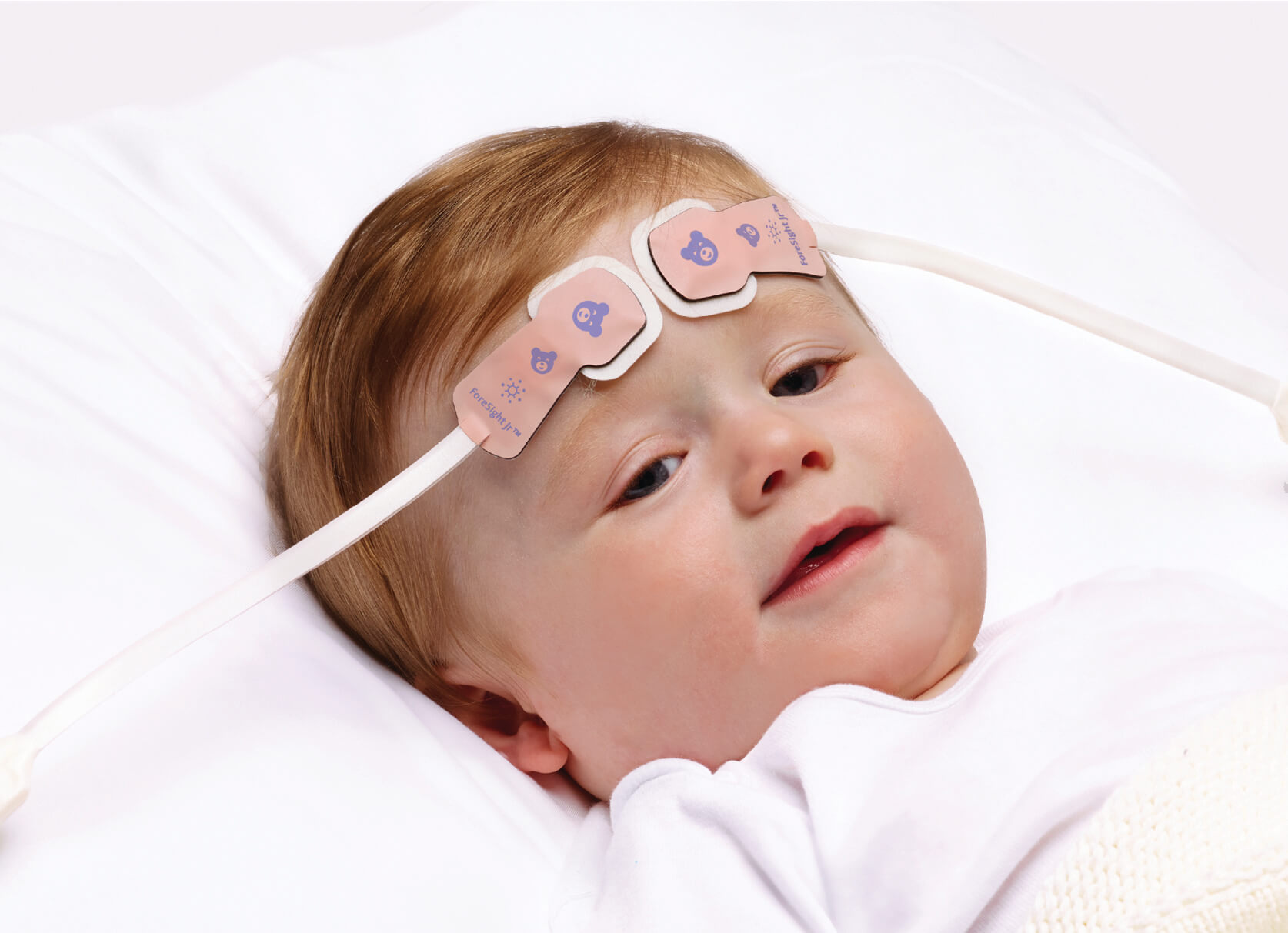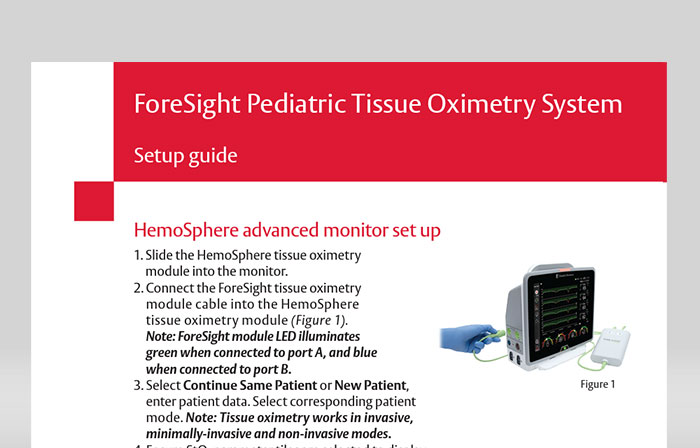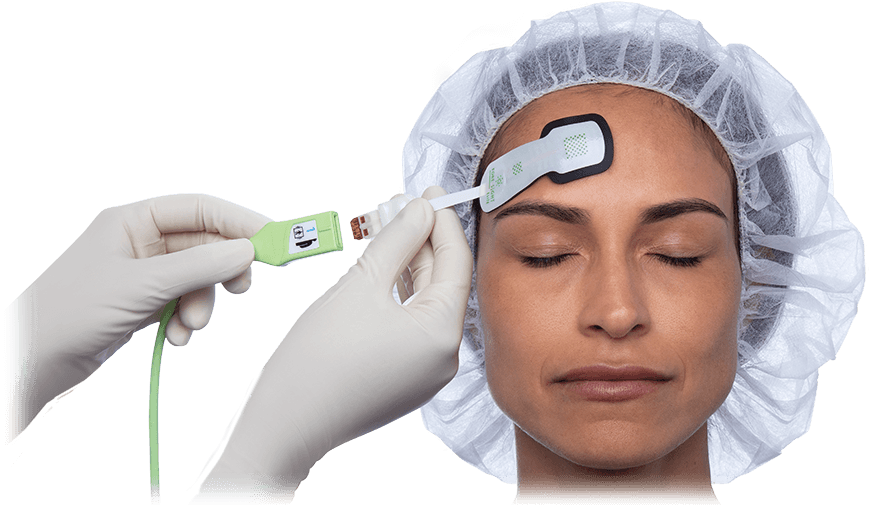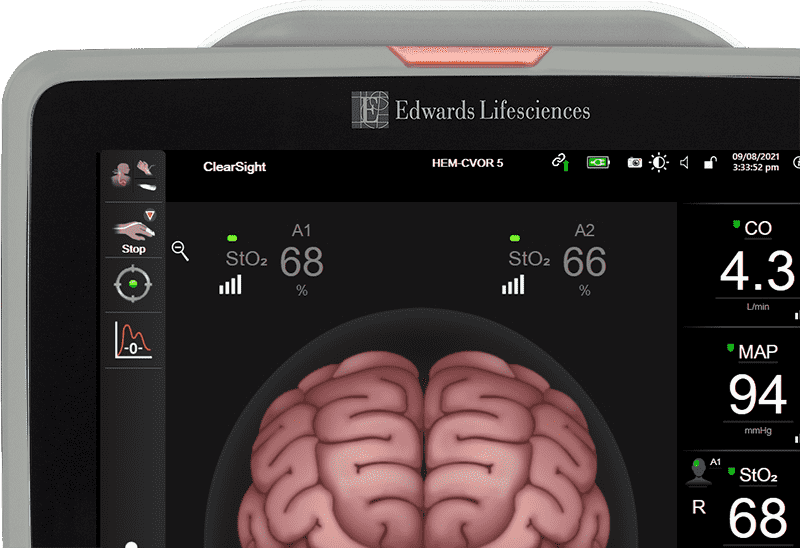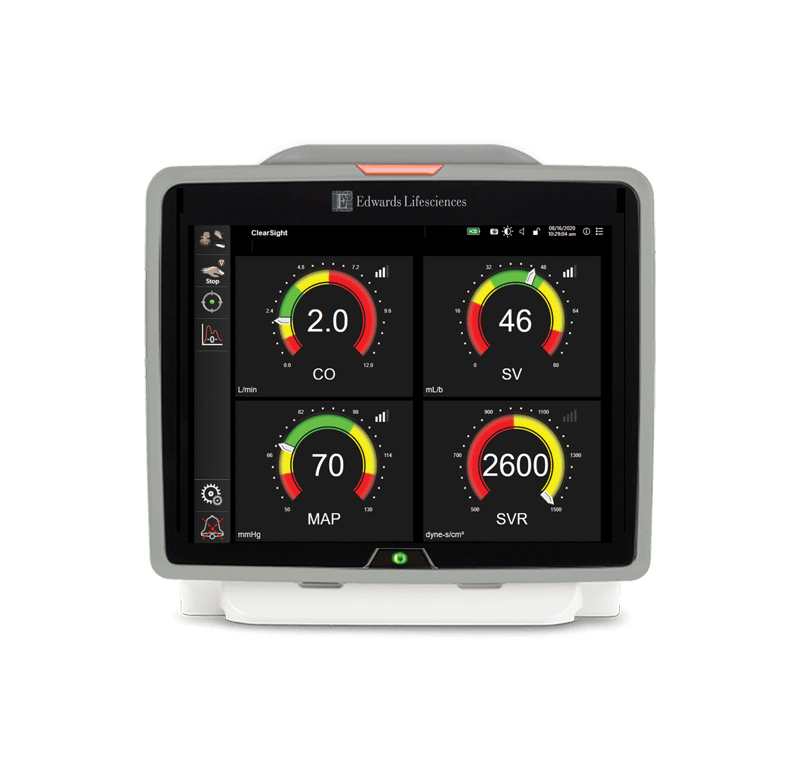
Exclusive fifth wavelength
Because other systems use only two, three, or four wavelengths of near infrared light (NIRS), patient differences in bilirubin and meconium concentrations can cloud the accuracy – and therefore the reliability – of oxygenation measures.
Only the ForeSight system incorporates a fifth wavelength of NIRS measuring at 685 nm to account for these patient differences and enable reliable StO2 measures from patient to patient.





